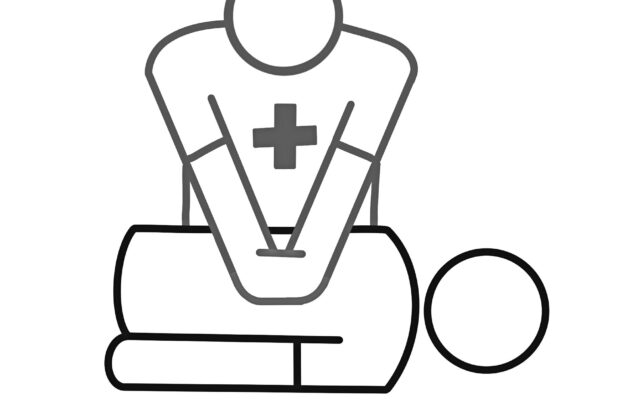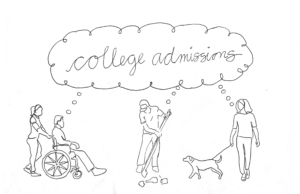Schools must teach CPR to students and teachers

The clock ticks down, second by second as the circumstance only gets more dire until help arrives. Nonetheless, every step taken is critical for the patient’s life. According to the American Heart Association, around 475,000 Americans die each year due to cardiac arrest, a sudden loss of heart function, breathing and consciousness. The immediate response that would ideally be taken in order to help save a person when no heartbeat or breathing is present would be performing CPR (cardiopulmonary resuscitation), which increases the chance of survival by two or three times in a non-hospital setting. I believe that hands-on CPR training should be mandatory for teachers and students across all high schools to educate more people about the life-saving skill.
After becoming CPR certified last summer for a program outside of school, I recognized the importance of the certification and encouraged those around me to also become certified. I was astounded to find that according to AmeriMed, only around half of the American population knows CPR, and I wondered if this issue could be fixed via high schools.
Years before the pandemic, the NPHS health and physical education courses taken during the school year included hands-on CPR training. However this section has been temporarily paused, and the only NPHS class that currently covers hands-on CPR training is Emergency Medical Responder, leaving many without the proper hands-on training that is necessary.
If hands-on CPR education is reinstated, I believe that it should also be retaught every two years. This will allow students to keep the techniques fresh in their mind, which could be easily forgotten without practice.
Furthermore, only teachers who are also sports coaches are required to have and renew their CPR certification. It is crucial that teachers are also educated regarding this matter and follow the pattern of renewing their credentials in order to create the safest school environment possible.
In addition to CPR, automated external defibrillators (AEDs) also play a key role by administering shocks to revive the patient. In California, it is mandatory for schools that participate in inter-school sports to have an AED on campus. However, as a student who took the Health class over the summer, and P.E. online, it has never been brought to my attention about where the AED is located at NPHS. Steps such as reminding students where first aid kits or AEDs are located on campus take only a couple minutes, but can ultimately save a person’s life.
With all of this in mind, I believe that simple actions can lead to great things. Schools provide education on multiple subjects, but do not properly teach students and teachers life saving skills. Many are afraid to become CPR certified due to liability that comes with it. However, with more widespread and repeated CPR education, the sense of insecurity can be overcome. Creating a safe environment on campus and community should be prioritized because at the end of the day, a few hours of your time can mean the rest of their life for someone else.


